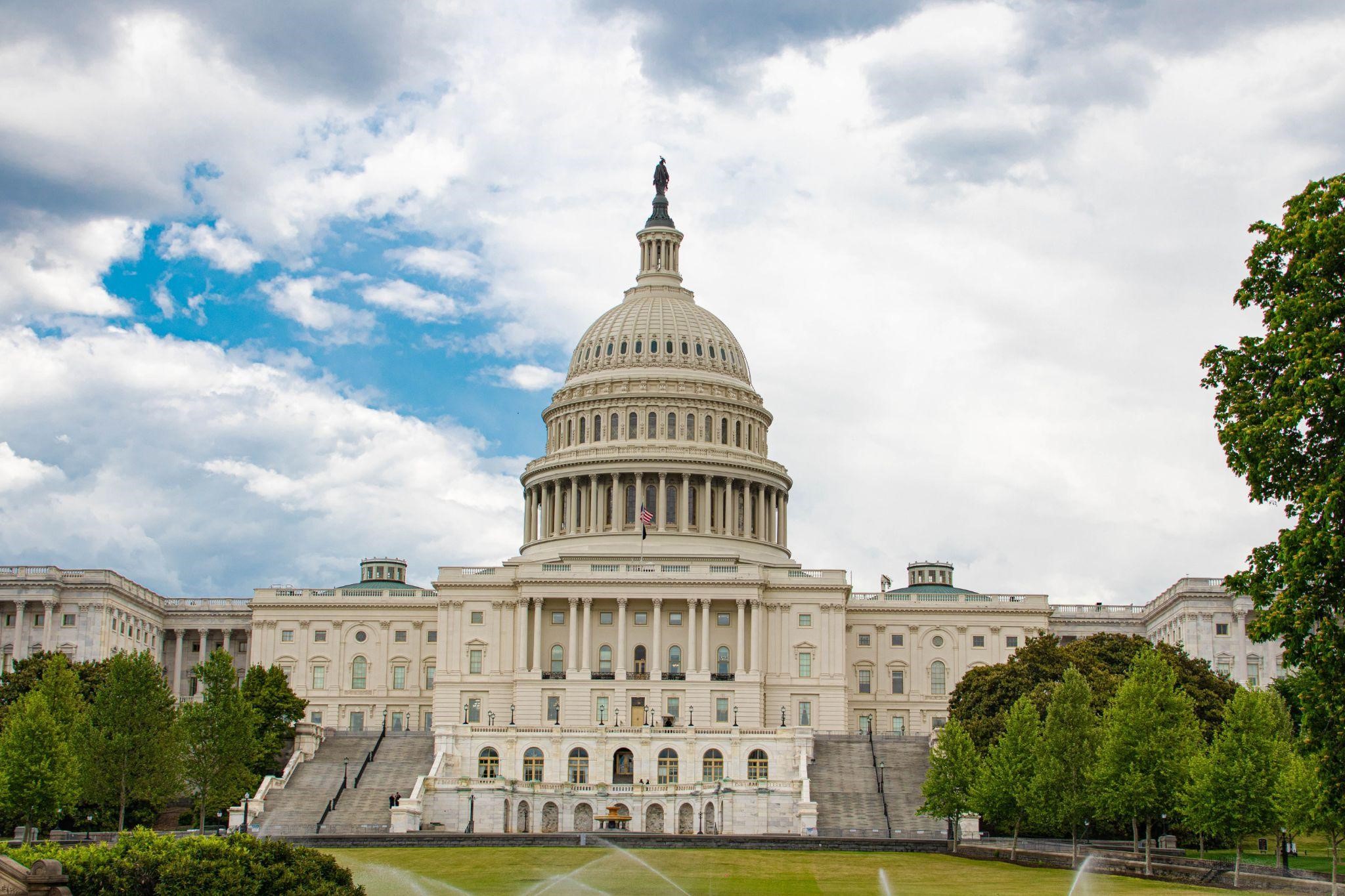7 Things You Need to Know About the U.S. Senate
In the United States, the federal government works based on three branches: legislative, executive, and judiciary. Congress is the legislative branch of the state that is responsible for making the laws. The executive implements the laws, and the judiciary holds those individuals who violate the law accountable. Out of all branches, Congress is the only state agency where the public casts a vote to elect their representatives. Based on a bicameral legislature, Congress has two houses; the upper house is the Senate, while the lower house is the House of the Representatives. Both houses of Congress work in collaboration to ensure the proper functioning of the state.
Here are the eight things you need to know about the U.S. Senate.
- Eligibility for Senatorship
The role of the Senator is significant in representing their states in Congress. They make sure that relevant laws are in place to address the issues of their states. According to Article I of the American constitution, a person can become a Senator by fulfilling the following criterion:
(1) should be 30 years old.
(2) should have citizen status in the United States for the past nine years.
(3) should be living in the state they wish to represent at the time of their election.
- Structure of the Senate
The structure of the U.S. House and Senate are different from each other. In the lower house, the population is the deciding factor for the number of representatives from each state in the House. While in the Senate, two senators represent each state regardless of the population ratio. Based on 50 states of the U.S., there are 100 senators. The term for senatorship lasts for six years, but it is staggered. Generally, one-third of vacant senate seats are elected in the direct voting system every two years.
- History of the Senate
The historical journey of the Senate can be traced back to 1789, when it met for the first time in New York City. Then, in 1790, it shifted to Philadelphia and then to Washington DC with a gap of ten years.
- The President and the Leaders
The U.S. vice president serves as the president of the Senate who acts only when there is a deadlock or a tie. In the president’s absence, the longest-serving member of the largest party presides over the Senate. The leader of the largest party in the Senate acts as the majority leader. In contrast, the opposition leader works as a minority leader. Each party selects a leader to coordinate and conduct the business of the upper house.
- The Senate Committees
The Senate has several committees and functions by sending bills to relevant committees before presenting them to the full house. These committees conduct research and collect information on crucial national and international affairs under their jurisdiction. The majority and minority leaders of the Senate play an essential role in the appointments of the members. In addition, the members of the committees are responsible for recommending and processing legislation with the help of different government departments and agencies.
The Senate currently comprises 24 committees, out of which 16 are standing committees, and others are special and joint. Some notable mentions include budget, finance, energy, natural resources, foreign relations, judiciary, homeland security, and government affairs committees.
- The Powers of the Senate
The Senate derives its powers from the constitution especially mentioned in Article I, Section 3. The House of Representatives can set a trial for any sitting president, vice president, or government official involved in high crimes and non-indictable offenses. However, the Senate has the exclusive right to be a sole juror for such trials and remove the concerned official with a two-thirds majority.
The Senate also acts as an authority to maintain the balance of the powers granted to the President of the United States. For instance, a president can hold negotiations for agreements and treaties with other nationals. But the Senate has the power to ratify or overturn these agreements with a two-thirds majority. In addition, the Senate also plays an integral role in confirming presidential appointees such as cabinet members, ambassadors, and judicial officials. It can call any appointee to testify.
- The Filibuster and Cloture
The term “filibuster” represents a tradition of the Senate that allows unlimited debate. Senators prolong the debate to delay or prevent voting on a bill, amendment, or resolution. In 1917, the “cloture” came to the rescue to end the long ongoing debate and as an alternative to the filibuster. According to this rule, three-fifths or 60 out of the 100 votes of senators can end the filibuster by giving their opinion.
Conclusion
Every citizen must develop an understanding of state institutions and their working conditions. In this way, they can address their issues by reaching a relevant platform and hold accountable the appropriate authorities. In addition, they would develop a better approach to the system and good governance. Congress is the primary branch of the federal government where public representatives make laws affecting the general public. You must know its functioning and powers to voice your concerns and address relevant issues.

